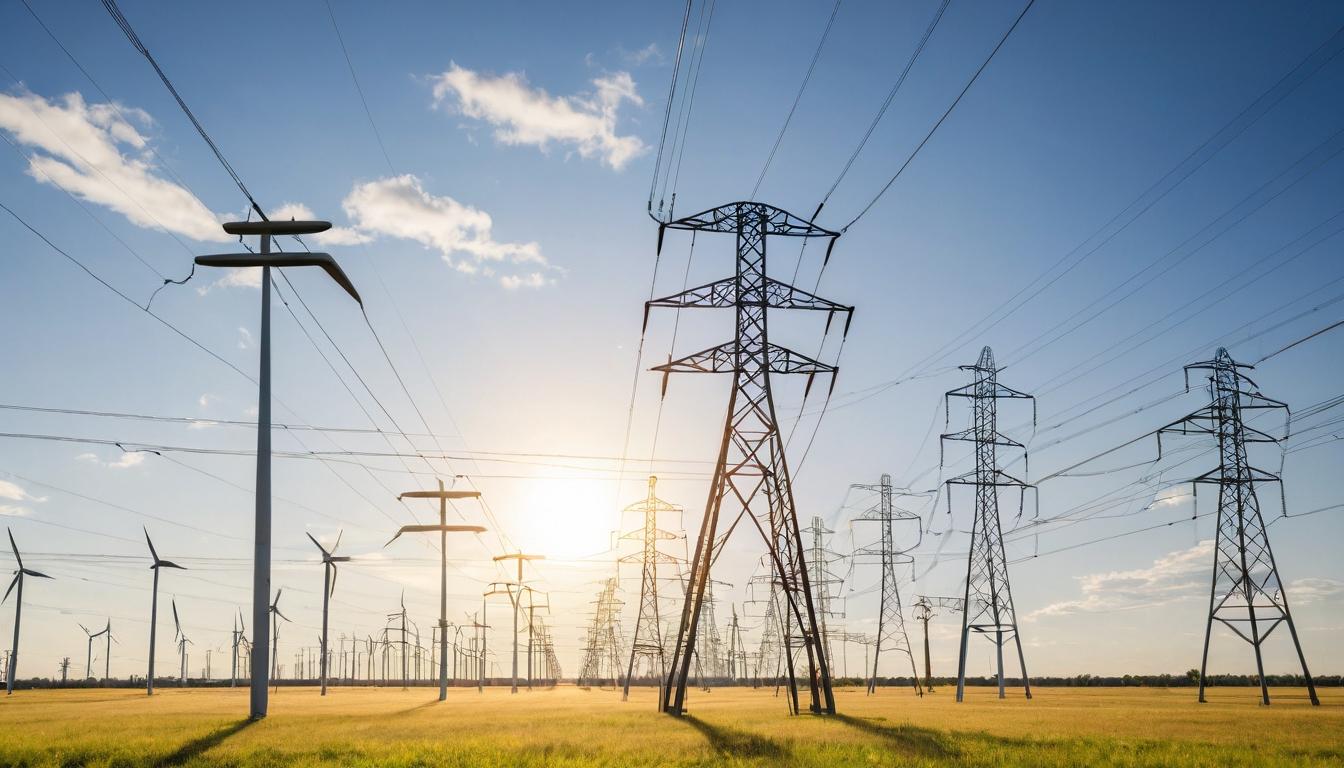In utility boardrooms across America, a quiet revolution is unfolding—one that could determine whether your community becomes a clean energy leader or gets left with aging infrastructure and rising costs. While politicians debate climate policy on national stages, the real action is happening in state regulatory commissions, where utility executives, clean energy advocates, and consumer representatives are fighting over the future of the grid.
For decades, the electricity system operated on a simple principle: build large power plants, transmit electricity over long distances, and distribute it to customers. Utilities made money by building more infrastructure and selling more electricity. That model is collapsing under the weight of technological change and consumer demand for cleaner options. The problem? Many utilities are still trying to prop up the old system while claiming to embrace the new.
Take what's happening in several Midwestern states, where utilities are proposing massive investments in grid modernization—billions of dollars worth of smart meters, upgraded substations, and digital controls. On the surface, these projects sound like progress. But dig into the rate case filings, and you'll find something curious: the utilities want customers to pay for these upgrades while maintaining their guaranteed returns on traditional infrastructure investments. It's like asking homeowners to pay for both a new smart thermostat and the repair costs for their old, inefficient furnace.
Meanwhile, community solar projects are facing regulatory hurdles that seem designed to protect utility monopolies rather than serve the public interest. In one Southeastern state, a utility successfully lobbied for rules that limit community solar subscriptions to just 1% of their customer base. The utility claimed this was necessary for grid stability, but internal documents revealed concerns about revenue loss from customers generating their own power.
What makes this battle particularly urgent is the coming wave of electric vehicles and electric heating systems. The grid that exists today wasn't built for neighborhoods where every house might be drawing enough power to run a small factory. Without smart upgrades that can manage when and how electricity flows, we could face rolling blackouts even as we try to reduce our carbon footprint.
Some states are getting it right. In New York, the Reforming the Energy Vision proceeding has created a platform for utilities to earn money by managing distributed energy resources rather than just building more wires. In California, community choice aggregators are giving municipalities the power to choose their electricity sources, creating competition that pushes utilities to innovate.
But in many regions, utilities are using the transition as an opportunity to lock in profits for decades. They're proposing billion-dollar investments in natural gas plants that may become stranded assets as renewable costs continue to plummet. They're fighting rooftop solar with punitive fees that make it uneconomical for middle-class families. They're slow-walking interconnection processes for new clean energy projects.
The stakes couldn't be higher. A poorly managed transition means higher bills for consumers and slower progress on climate goals. A well-managed one could mean more reliable power, lower costs, and a cleaner environment. The question isn't whether the grid will change—it's who will benefit from that change.
What's often missing from these discussions is the voice of ordinary electricity customers. Regulatory proceedings are dominated by lawyers and experts who speak in acronyms and technical jargon. Yet the decisions made in these hearings will affect every aspect of our energy future, from how we power our homes to how we get to work.
There are signs of hope. Consumer advocates are getting smarter about intervening in rate cases. Technology companies are developing solutions that give customers more control over their energy use. And a new generation of utility commissioners understands that the old model is unsustainable.
But time is running short. The infrastructure decisions being made today will lock in our energy system for the next 30-50 years. We can either build a grid that's flexible, resilient, and customer-focused, or we can prop up a system that's showing its age. The choice is being made right now, in hearing rooms you've probably never heard of, and it will affect your electricity bill for decades to come.
The hidden battle over grid modernization and why your electricity bill is caught in the middle

